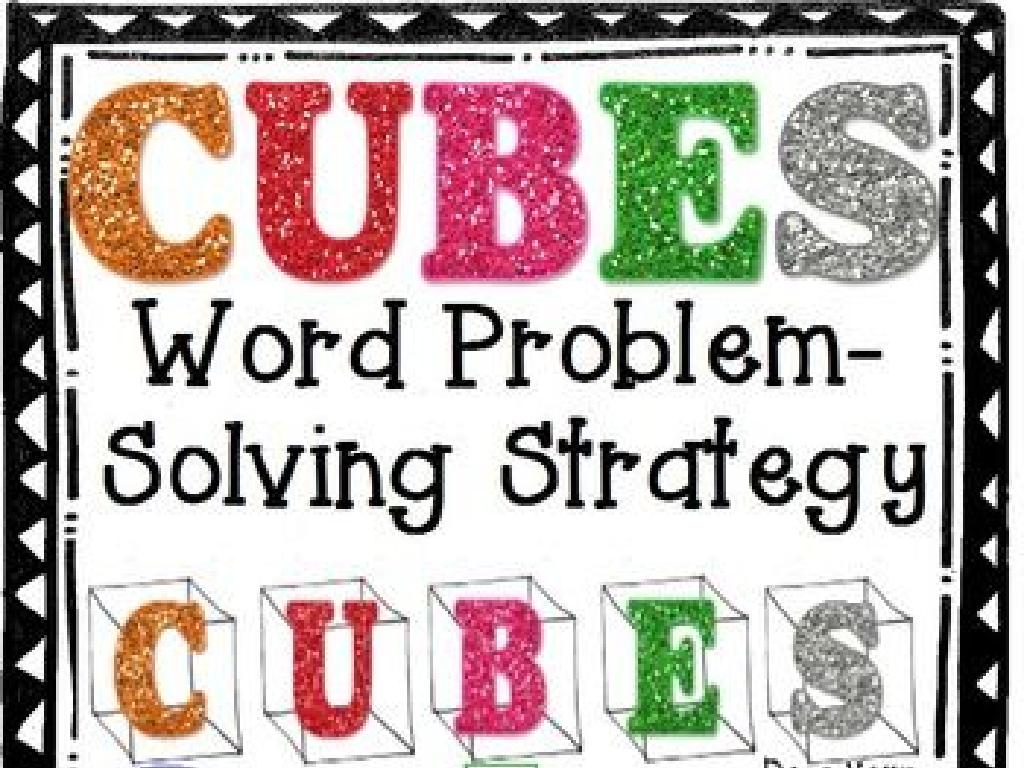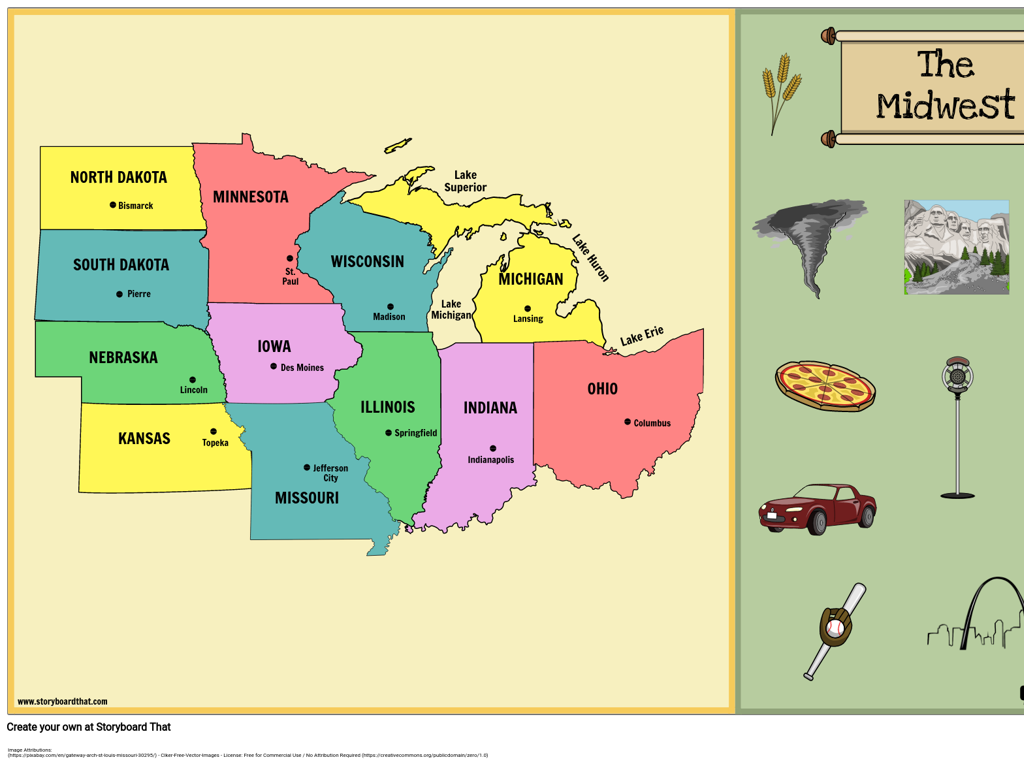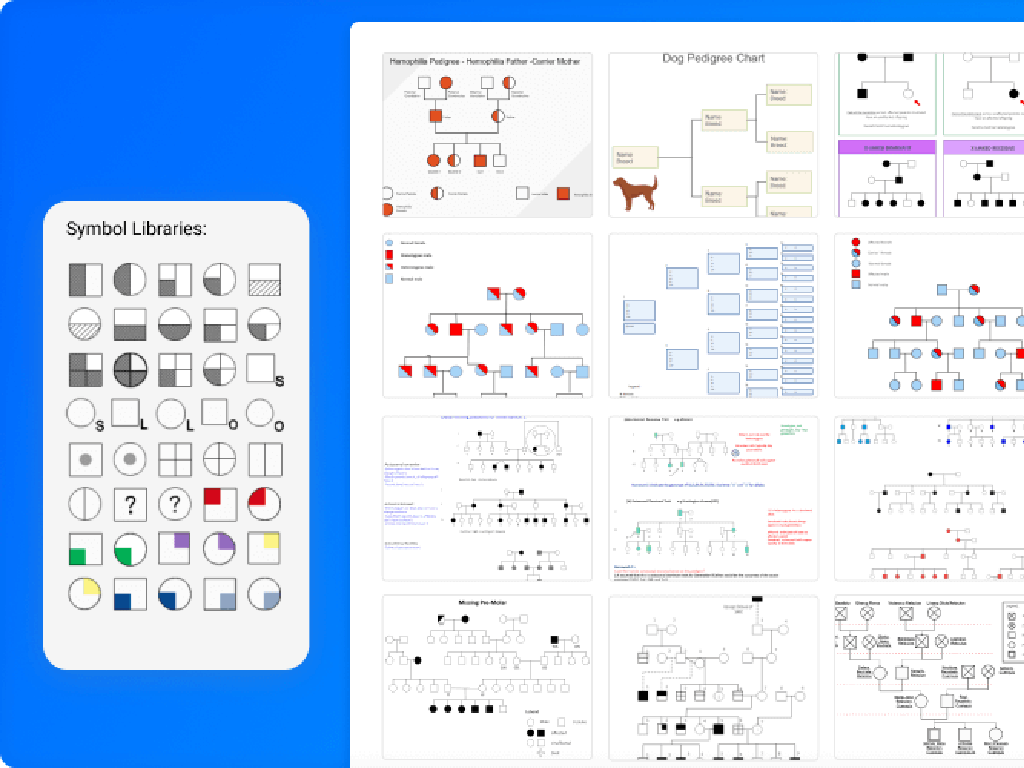Add, Subtract, Multiply, And Divide Whole Numbers
Subject: Math
Grade: Fifth grade
Topic: Mixed Operations: Whole Numbers
Please LOG IN to download the presentation. Access is available to registered users only.
View More Content
Welcome to Mixed Operations!
– Explore adding & subtracting
– Combine numbers to find totals or differences.
– Master multiplying & dividing
– Learn how to increase numbers quickly or find equal groups.
– Mixed operations in daily life
– Use these skills for budgeting, cooking, or building.
– Journey to becoming Math Wizards
|
Today’s lesson is an exciting adventure into the world of mixed operations with whole numbers. We’ll start by exploring the foundational skills of addition and subtraction, which are like the building blocks of math. Students will then master multiplication and division, which are key to solving more complex problems quickly. Emphasize the real-world applications of these skills, such as managing money, preparing recipes, or planning projects, to show how math is an integral part of everyday life. Encourage students to embrace the challenge and enjoy the process of becoming Math Wizards, equipped with the tools to tackle any numerical challenge.
Exploring Whole Numbers
– What are whole numbers?
– Numbers without fractions or decimals, e.g., 0, 1, 2, 3…
– Examples of whole numbers
– 5 apples, 20 students, 0 cars, 100 candies
– Whole numbers on a number line
– Points on a line that represent whole numbers
– Practice identifying whole numbers
|
This slide introduces the concept of whole numbers to fifth-grade students. Begin by defining whole numbers as the set of all positive integers including zero, and explain that they do not include fractions or decimals. Provide clear examples that students can relate to, such as counting objects. Use a number line diagram to visually represent whole numbers and help students understand their sequential nature. Encourage students to practice by identifying and marking whole numbers on a number line. This foundational knowledge will be crucial for understanding mixed operations with whole numbers.
Adding Whole Numbers
– Steps to add whole numbers
– Line up the numbers by place value and add each column starting from the right
– Use place value for easy adding
– Place value helps us keep track of the ‘ones’, ‘tens’, ‘hundreds’, etc.
– Example: 123 + 456
– 123 + 456 becomes 500 (hundreds) + 70 (tens) + 9 (ones) = 579
|
This slide introduces students to the concept of adding whole numbers. Begin by explaining the importance of lining up numbers by their place values, which makes the addition process systematic and reduces errors. Emphasize the role of place value in organizing numbers into ones, tens, hundreds, and so on. Use the example provided to demonstrate the process step by step, showing how to add each column separately and combine the results for the final sum. Encourage students to practice with additional examples and to check their work by reversing the operation (subtraction).
Subtracting Whole Numbers
– Steps for subtraction
– Line up the numbers by place value and subtract one by one.
– Borrowing technique
– If a column can’t be subtracted, borrow from the next column to the left.
– Example: 789 – 123
– Subtract 3 from 9, 2 from 8, and 1 from 7 after borrowing.
|
This slide is focused on teaching students the process of subtracting whole numbers. Start by explaining the importance of aligning numbers by their place values. Then, introduce the concept of borrowing, where if a digit in the minuend is smaller than the corresponding digit in the subtrahend, we borrow from the next higher place value. Use the example 789 – 123 to illustrate this: subtract 3 from 9, 2 from 8, and 1 from 7, borrowing as necessary. Encourage students to practice with additional problems and ensure they understand the borrowing process before moving on to more complex subtraction problems.
Multiplying Whole Numbers
– Multiplication as repeated addition
– If you have 4 groups of 12, that’s 12 added 4 times
– Using the multiplication table
– A chart that helps us find answers quickly
– Example: Multiplying 12 by 4
– 12 added 4 times is 48
– Practice with different numbers
|
This slide introduces the concept of multiplication as a form of repeated addition, which is a foundational skill in mathematics for fifth graders. Begin by explaining that multiplication is simply adding the same number over and over, and show how this relates to the multiplication table a key tool they can use to find answers efficiently. Use the example of 12 x 4 to illustrate this point, and work through it with the class. Encourage students to use the multiplication table to practice multiplying different numbers and to become familiar with patterns within the table. This will help them with mental math and in solving more complex problems in the future.
Dividing Whole Numbers
– Division: Sharing or Grouping
– Imagine dividing 15 apples among 3 friends equally.
– Grasping the concept of remainders
– Sometimes division doesn’t split evenly, leaving a remainder.
– Example: 56 ÷ 7
– How many groups of 7 in 56? The answer is 8, with no remainder.
|
This slide introduces the concept of division as a method of sharing or grouping items equally. It’s important to help students understand that division can sometimes result in a remainder, which is the part that doesn’t fit evenly into the groups. Use the example of 56 ÷ 7 to show a case where there is no remainder. Encourage students to think of division as a way of distributing items evenly and to recognize that remainders are a natural part of this process when things don’t divide up perfectly. Provide additional examples with and without remainders for practice.
Mastering Order of Operations: PEMDAS/BODMAS
– Learn PEMDAS/BODMAS rules
– Parentheses, Exponents, Multiplication/Division, Addition/Subtraction
– Understand importance of order
– To avoid confusion and get the correct answer
– Example: 3 + 5 x 2
– Multiply 5 by 2 first, then add 3
– Practice with more problems
|
This slide introduces the concept of the order of operations, which is crucial for solving math problems correctly. PEMDAS/BODMAS is an acronym to help remember the order: Parentheses/Brackets, Exponents/Orders, Multiplication/Division (from left to right), and Addition/Subtraction (from left to right). Emphasize that following this order is essential to avoid mistakes and achieve the correct result. Use the example 3 + 5 x 2 to illustrate that multiplication comes before addition, so the correct answer is 13, not 16. Encourage students to solve additional problems to reinforce their understanding, and provide a variety of examples to practice.
Solving Mixed Operation Problems
– Apply all four operations
– Example: 20 – 4 x 3 + 2
– First multiply 4 x 3, then subtract from 20, and finally add 2
– Follow the order of operations
– Remember PEMDAS: Parentheses, Exponents, Multiplication and Division, Addition and Subtraction
– Tips for checking your work
– Review your steps, use estimation, and check with a calculator
|
This slide aims to consolidate students’ understanding of mixed operations with whole numbers. Start by reminding them to apply the order of operations, known as PEMDAS, to solve problems correctly. Use the example on the slide to walk through each step, emphasizing the importance of performing multiplication before addition and subtraction. Provide tips for checking work, such as reviewing each step, using estimation to see if the answer is reasonable, and confirming with a calculator. Encourage students to practice with additional problems and to always double-check their work for accuracy.
Class Activity: Math Relay!
– Split into teams for a math challenge
– Each member solves a part of the problem
– Work through mixed operation problems
– Add, subtract, multiply, or divide whole numbers
– First team to finish correctly wins!
|
This activity is designed to encourage teamwork and quick thinking as students work together to solve mixed operation problems involving addition, subtraction, multiplication, and division of whole numbers. Divide the class into small teams, and give each team a set of problems that require different operations. Each team member will be responsible for one operation. The first team to complete all problems correctly wins a small prize. Make sure to walk around and assist teams as needed. Possible variations of the activity could include a relay race where students run to a station to solve a problem, or a ‘math scavenger hunt’ where each correct answer leads to the next problem.
Conclusion & Homework: Mastering Mixed Operations
– Congratulations, Math Wizards!
– Practice with mixed operations worksheet
– Complete the provided worksheet to sharpen your skills
– Apply the order of operations
– Remember PEMDAS: Parentheses, Exponents, Multiplication/Division, Addition/Subtraction
– Bring questions to next class
– We’ll review any challenges you face together
|
Well done on today’s lesson on mixed operations with whole numbers! To reinforce what we’ve learned, students are assigned a worksheet that covers addition, subtraction, multiplication, and division problems. Remind them to follow the order of operations, commonly remembered by the acronym PEMDAS, to solve the problems correctly. Encourage students to try their best and bring up any questions or difficulties they encounter in the next class. This practice will help solidify their understanding and build confidence in their math skills. As a teacher, be prepared to address common issues and misconceptions during the next session.






